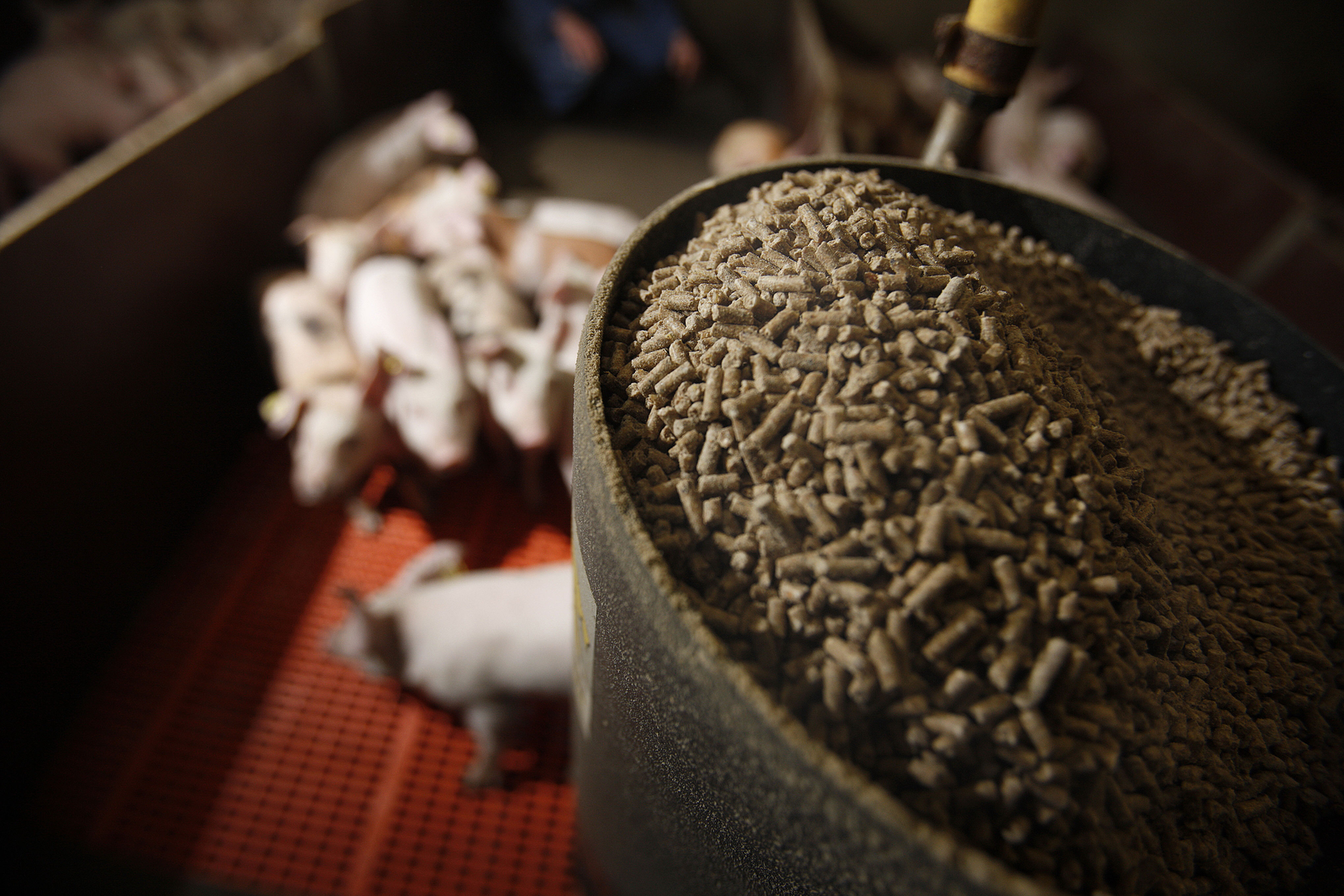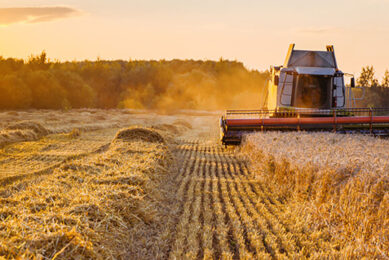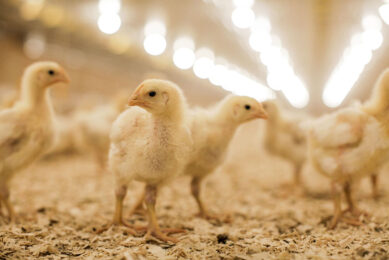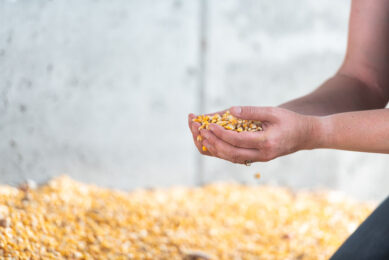Almost 1 billion metric tonnes of feed

The international feed production is now estimated at 995.5 million metric tonnes, a 1.5% increase over last year. This is according to results from the 2016 Global Feed Survey, released by Alltech.
The Global Feed Survey assesses the compound feed production from more than 130 countries through information obtained in partnership with local feed associations and Alltech’s sales team, who visit more than 32,000 feed mills annually.
Poultry feed continues to grow
Poultry feed production continues to grow and is even growing faster than any other animal species. With a 5% increase, poultry feed is now at a total 463.69 million metric tonnes. With this volume, poultry feed represents 46% of the total feed production. The volume is up 22% in the last five years. Pig feed production was down 2%, with 253.53 million tonnes. “In 2015, the pig industry had to deal with PRRSv and African swine fever among others. This has decreased the number of animals. We have also seen a drop in pig numbers in China”, according to Aidan Connolly, chief innovation officer at Alltech.
Ruminant feed was also positive with 201.36 million tonnes, a 3% increase. Pets are up 4% at 22.59 million tonnes. Aqua, with 35.47 million metric tonnes, is down 5% this year; although outside of China this figure seems to relate to more accurate data collection and not a specific decline, especially given that aqua has been a grower, up 19% overall in the past five years. Equine feed, at 8.22 million tonnes, declined 2% compared to 2014.
China to close smaller feed mills
The top 3 feed producers in the world remained the same: China, the United States and Brazil. China has currently 8,550 feed mills, producing 179.930 million tonnes. Although still on number one, China’s feed volume is down 2% over last year. “The government policy in China is to close the smaller feed mills that do not comply with the hygiene rules. The aim is to have only larger, more professional feed mills that have HACCP among others. We notice China is very much focused on feed and food safety in this respect”, explains Connolly. This is the third year in a row where a decline in number of feed mills in China is seen.
The number of feed mills in the US and Brazil, the second and third largest markets, also declined. The US produced 172.730 million metric tonnes from 6,012 feed mills (6,718 mills in 2014) and Brazil manufactured 68.7 million metric tonnes from 1,556 feed mills (1,698 mills in 2014).
Join 26,000+ subscribers
Subscribe to our newsletter to stay updated about all the need-to-know content in the feed sector, three times a week. Beheer
Beheer









 WP Admin
WP Admin  Bewerk bericht
Bewerk bericht